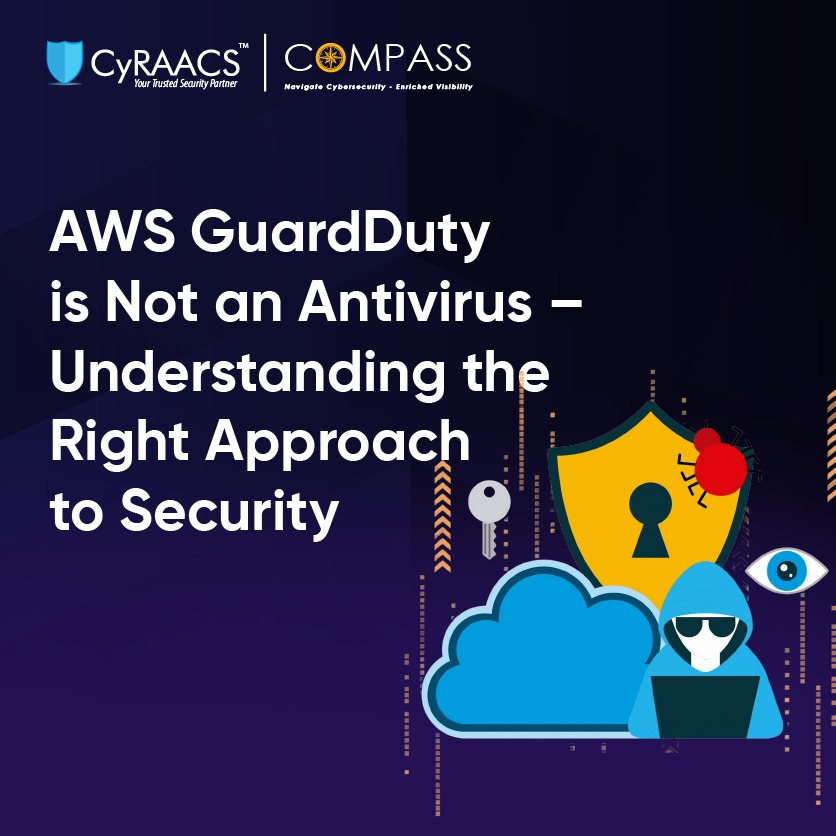
Assume nothing; every assumption is the mother of all mishaps, and in cybersecurity, misconceptions can be catastrophically costly.
A common misunderstanding I frequently encounter in my role as a cyber security consultant/auditor at CyRAACS is the belief that AWS GuardDuty functions as an antivirus solution for cloud environments. This fundamental misinterpretation can create a dangerous false sense of security and leave cloud resources vulnerable to various threats.
AWS GuardDuty, while providing critical threat detection, does not replace traditional endpoint protection or malware prevention solutions. This distinction is crucial for maintaining a robust security posture in the cloud. This article aims to clarify what AWS GuardDuty actually is, what it isn't, and how it should be properly positioned within a comprehensive security architecture.
AWS GuardDuty is a threat detection service that continuously monitors for malicious activity and unauthorized behavior across your AWS accounts and workloads. It utilizes machine learning, anomaly detection, and integrated threat intelligence to identify potential security issues. Key features include:
Unlike traditional antivirus software, GuardDuty does not:
Additionally, GuardDuty:
The Dangers of Misinterpreting GuardDuty's Role:
Treating GuardDuty as an antivirus solution creates several security risks:
The Right Approach: A Layered Security Strategy
A robust AWS security strategy should incorporate multiple layers of protection, each serving a specific purpose:
A financial services client approached CyRAACS after experiencing a security incident despite having GuardDuty enabled. Investigation revealed that while GuardDuty had detected unusual API calls originating from a compromised EC2 instance, the malware responsible for the compromise had been present for weeks.
The client had incorrectly assumed GuardDuty provided antivirus protection. Our remediation approach included implementing a cloud-compatible endpoint protection solution across all EC2 instances, establishing proper security groups and network ACLs to limit lateral movement, creating an incident response playbook for GuardDuty findings, implementing regular vulnerability scanning and patch management, and providing security awareness training to IT staff about the proper roles of various security tools.
Post-implementation, the client experienced a 78% reduction in security incidents and significantly improved their mean time to detect and respond to threats.
Best Practices for GuardDuty Implementation: To maximize the value of GuardDuty within your security architecture:
AWS GuardDuty is a powerful threat detection service that provides valuable insights into potential security issues across your AWS environment. However, understanding its limitations is crucial for maintaining a robust security posture. GuardDuty is not an antivirus solution and should not be treated as one.
A comprehensive security strategy must include proper endpoint protection, network security controls, vulnerability management, and governance processes alongside GuardDuty's threat detection capabilities. By understanding the right approach to AWS security, organizations can better protect their cloud environments from the evolving threat landscape.
At CyRAACS, we help organizations build layered security architectures that leverage the strengths of various security tools while accounting for their limitations. If you need assistance evaluating your AWS security posture or implementing a comprehensive cloud security strategy, our team of experts is ready to help.
